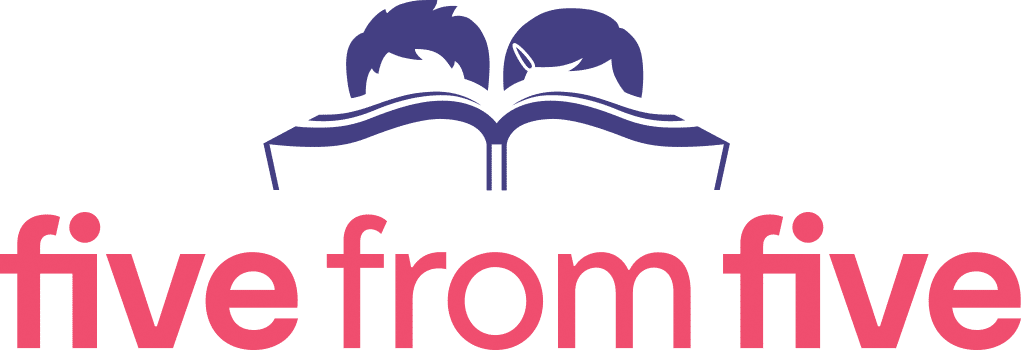Effective, evidence-based reading instruction
Children need explicit and systematic instruction in the five essential components of reading in every classroom, every day. This should begin in the first year of school when they are around five years old.
What is evidence-based reading instruction?
Rigorous research on how students learn to read, the essential knowledge and skills for reading, and the most effective teaching methods, all inform evidence-based reading instruction.
Get all children reading by giving them the keys to unlock literacy.
Five from five: Children need explicit and systematic instruction in the five essential components of reading in every classroom, every day. This should begin in the first year of school when they are around five years old.




It seems we can't find what you're looking for.

Featured Content
Professional Learning Seminar Series
Who we are
Five From Five
Five From Five is a community education initiative of MultiLit Pty Ltd that aims to improve literacy levels by ensuring all children receive effective, evidence-based reading instruction.
Five From Five brings together philanthropic organisations and individuals, researchers, educators, parents and professional associations.


